Resident Evil Zero HD Remaster (Video Game)

 Developed by Capcom
Developed by Capcom
Available on PS3, PS4, Xbox One, Xbox 360, PC (reviewed)
Rated M for Mature
It’s gotten to the point where keeping track of the various Resident Evil releases is more complicated than the canonical plot. Resident Evil Zero is the fifth main series title, and takes place before the events of the first Resident Evil. It was originally released as a prequel to the enhanced Resident Evil (2002) remake on GameCube, and was the second title to be released using the new engine. It was later re-released on the Wii as Resident Evil Archives: Resident Evil Zero (in North America; in Japan it was still just Biohazard 0) and was basically the same game. It is now being released as a standalone HD remake for digital download, or as part of the Resident Evil Origins Collection bundled with the recent remake of Resident Evil HD Remaster. I’m not sure how it all fits in with various Chronicles, Survivor, and Outbreak titles, but I do know that protagonist Rebecca Chambers does return in the Resident Evil 5 Gold Edition “Mercenaries Reunion” mode.
I hope the previous paragraph made two things clear: 1) I’m a huge Resident Evil fan, 2) I’m not really down with the whole “re-release everything” trend. The depth of my distaste is apparent to anyone that read my review for the remaster of the remastered Resident Evil (2002). Then, my opinion was heavily weighted by the fact that this was the 8th release of the franchise’s flagship title. I also felt that the additions were actively detrimental, with the new control scheme being harder to use than the old (on the PC at least).
Maybe I’m losing my edge, but I had less venom build up in my glands when I read of the imminent Resident Evil Zero HD Remaster. Maybe it was because this is only the third release of the title, bringing it well below the series average. It’s only seen life previously on the GameCube and Wii, which means many gamers haven’t had the chance to check it out yet. The Archives edition on the Wii was also bizarrely hard to find, and the general Wii audience wasn’t exactly fervently demanding more availability. It’s also a weird “side story but not” kind of main canon offshoot, with just the right amount of earnest effort to make it adorable rather than shameful. Whatever the reasons are, most people haven’t yet played Resident Evil Zero, making my distaste for its re-release significantly less.
This is also the last Resident Evil game that feels like a “Resident Evil” game. I’m not shitting on the post Resident Evil 4 titles, but fans will immediately know what I mean when I say that I’ve been nostalgic for hearing my enemies before I see them. Before Leon Kennedy came in and roundhouse kicked the series into the third-person action genre, Resident Evil meant fixed cameras, limited saves, restrictive inventories, and giant bug bosses. There’s a special place in the museum of gaming history for Zero, the White Rhino of its time. It heaved one last defiant zombie moan before dying off, only to be remembered in indie imitation projects and fan remakes.
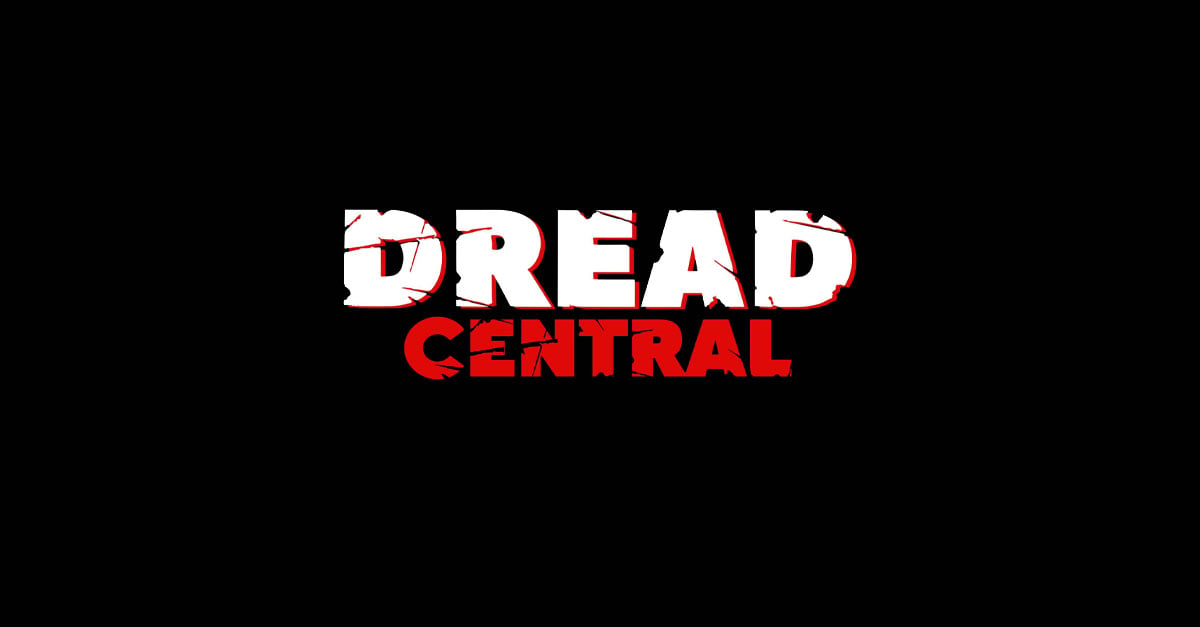
Tense, ominous shots like this show us why the fixed camera was so effective at eliciting suspenseful dread.
Ironically, this is also the most “actiony” of the old school titles. Given the insight of the subsequent titles, studying Resident Evil Zero as an artifact is the kind of mega-nerdly endeavor that professional children like me can’t help but get giddy over. Seven years before the release of 5, Zero explored the co-op character swap idea. Years before 4, it was Zero that injected more action into the series with early shotguns and more plentiful zombies. A whole decade before 6, Zero dared to dream of introducing meaningless side characters with paper thin personalities that would be quietly forgotten for the rest of the series.
Yes, despite all of Zero’s accomplishments, it’s still the most forgettable title of the series. Aside from the introduction of the unique two-character mechanic, there’s not a lot to see here. It’s short, easy, and uninspired. I didn’t hate the game, I enjoyed most of what was there. Still, it feels like an expansion pack to Resident Evil (2002), tacked on to give some legs to the playtime and justification for the cost of making the engine.
The game’s most memorable sequence is right at the start, as protagonist Rebecca Chambers enters a mysterious train in pursuit of convict and co-star Billy Coen. In traditional Resident Evil fashion, things get zombied very quickly, and soon the train speeds off with our two heroes inside. When talking to people about Resident Evil Zero, most people will say something like, “Isn’t that the one on the train?” It’s with good reason, as it’s one of the most unique settings for the series. The cramped cabins and roundabout paths between the cars makes it feel like a linear maze, claustrophobically looping back on itself and opening new paths to reveal even more, unseen corridors. What starts off feeling like three rooms expands in pieces to over fifteen, with dangers spawning out of every corner. Just clearing a room isn’t good enough, as new paths also unlock new threats in previously safe areas. Refrigerator zombies are a series staple, but this one managed to still get me by surprise.

Slowly but surely, every single one of those fuckers will try to eat you.
The segment is complete with boss fight, cumbersome yet powerful shotgun, mini-boss, enemy variety, and complicated tense puzzle. It can be completed on your first try in about an hour and a half, making it one of the series’ most concentrated examples of what made the franchise beloved. I wish the whole game was this creative. Unfortunately, Resident Evil isn’t complete without an evil mansion, and this is where the title stumbles.
After a fiery crash into an unknown underground station, Rebecca and Billy emerge into Zero’s main set piece. A disused “training facility” that looks suspiciously like an evil mansion, a series of locked doors, keys with symbols, and obtuse puzzles stand between our heroes and freedom. It’s a formula that works, as most of the series previously has taken place in a single labyrinthine location. The training facility does little to distinguish itself from the mansion of Resident Evil. Resident Evil 2 made the formula work in an evil police station, Code: Veronica made it work in a military base/mansion/underwater research facility, so why Zero couldn’t come up with something new is beyond me. Coming hot off the heels of the fantastic train segment, it’s disappointing.
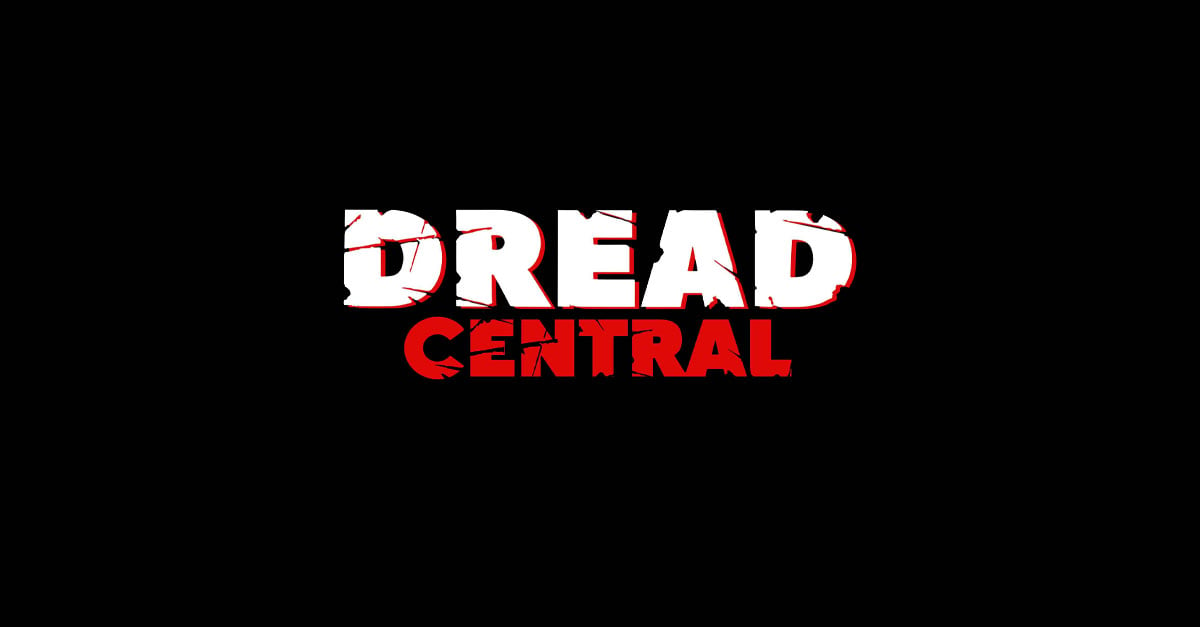
It’s like Umbrella knew the pivotal point to every zombie outbreak was their own creepy mansions.
Ironically, aside from the deviation of creative train level, Zero sticks to the tracks of the Resident Evil playbook till the end. After getting the first key, there’s a boss fight. Each key opens up a few rooms with key-like items in them, which must be combined in some way to open different doors. There are a number of key-like items that must be used to unlock the big door, which leads to the next area. This next area is an underground research base. You learn about a new, even eviler bad guy who had a way worse virus. You fight a tyrant.
Still, the game is totally functional, which is more of a compliment than it might seem. As a Resident Evil title, there’s a high bar set for baseline quality. As the plethora of half-baked indie projects out there can attest to, fucking up one of these games is really, really easy. In that regard, Resident Evil Zero is still an enjoyable title. What they do introduce is pretty cool. The co-op mechanic doesn’t feel tacked on, with the most memorable segments requiring you to split your party up to progress. The new humanoid leech enemies are intimidating and terrifying, splintering apart as you kill them before exploding into a pile of mini-leech enemies. It’s just a shame there isn’t more of this new stuff, instead of relying—for a majority of the game—on copy/paste puzzles, levels, and enemies.

Hi, I’m Mangey Monkey, and I’ll be what passes for a new bad guy in this game!
As a remake, the game walks a fine line for me. First off, the game actually does look significantly better. As a GameCube title, it pushed the hardware to its peak, and is one of those games that forever in your mind remains gorgeous because of how comparatively better it looked. Looking back on it now and comparing it to this, the overhaul is noticeable. The in-game characters now look better than the pre-rendered ones years past, which is far more than I was expecting. The models look crisp, environments polished, and effects like rain natural. It doesn’t quite match up to contemporary titles, but it went far above and beyond what I expected. The only shortcoming is that it’s clear what models they spent more time on than others, as some of the disposable side characters are still very blocky with stilted animation.
Though it’s become common practice, remastering a game shouldn’t just involve slapping on a fresh coat of paint and calling it a day. You can debate the various nuances of remasters vs remakes vs re-releases vs redux vs rehash, but we all get a bit pissed off when an old game gets pushed back out with the same bugs and shortcomings we all hated when it first came out. So, Capcom, it’s been a little over 13 years; why the fuck can I not put an item in a box? This is unacceptable:
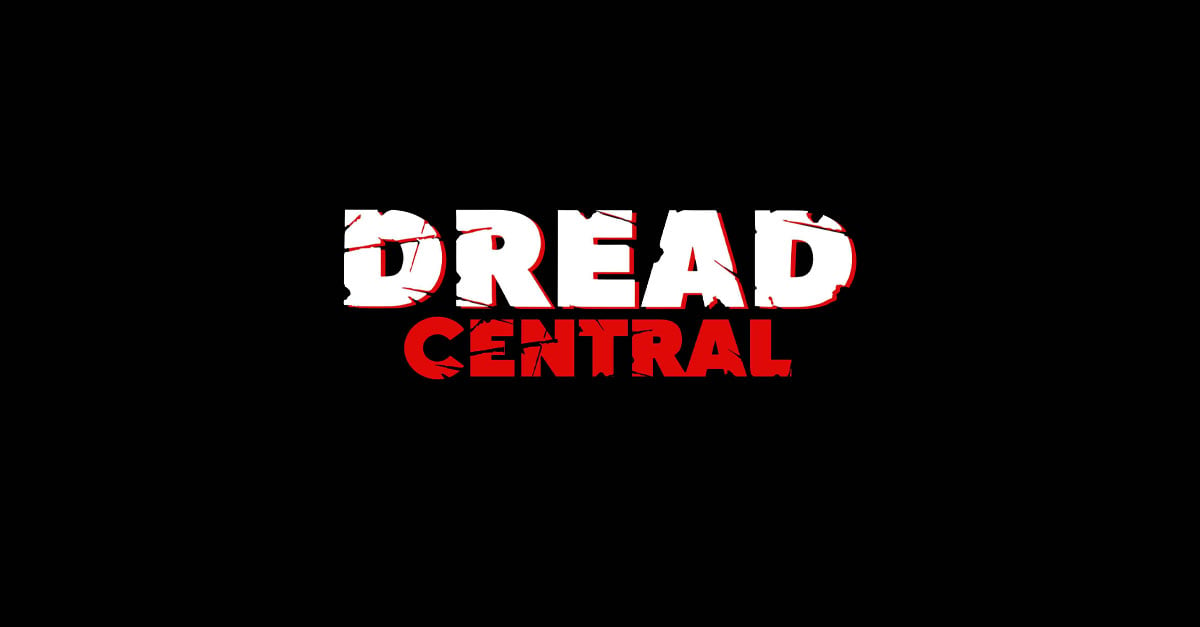
All those shiny lights are items.
This is what passes for item storage in Resident Evil Zero. “But, Ted, you ignorant slut, Resident Evil games are supposed to have a limited inventory!” I agree, but when one of the items that you need to finish the game takes two of your twelve slots and is used once at the first level and then twice at the 70% mark, you might want to have some kind of integrated storage mechanic to lay that fucker down while you run around searching for the three tablets, two disks, various levers, and umpteen keys you need to finish the game. Oh, and maybe still have a spare slot or two for a pistol and ammo. Heaven forbid you want to carry around the unfathomably greedy grenade launcher, what with its two slots and three ammo types. If Resident Evil gets a storage box, so should Zero.
As if item management weren’t hard enough, there’s no way to use key items unless they are in your inventory. This might be confusing for laymen, so let me elaborate a bit. If you find a red herb on the ground that you wish to combine with a green herb, you can select the “use” option when find it rather than “pick up.” This allows you to combine it into the full healing red/green herb mix, no problem. If you have the briefcase in your inventory, inspecting it shows that it has two small ring holes in it. If you find the silver ring, you must pick it up, then use it with the briefcase to insert it into the slot. If your inventory is full, you must put something down, then pick up the ring, then insert it into the briefcase, and then pick up the item you dropped. Sometimes items are inside of other items, such as a wing in a book, which similarly must be put in your inventory before being used to be opened, then that item used to combine with another item to complete the puzzle.
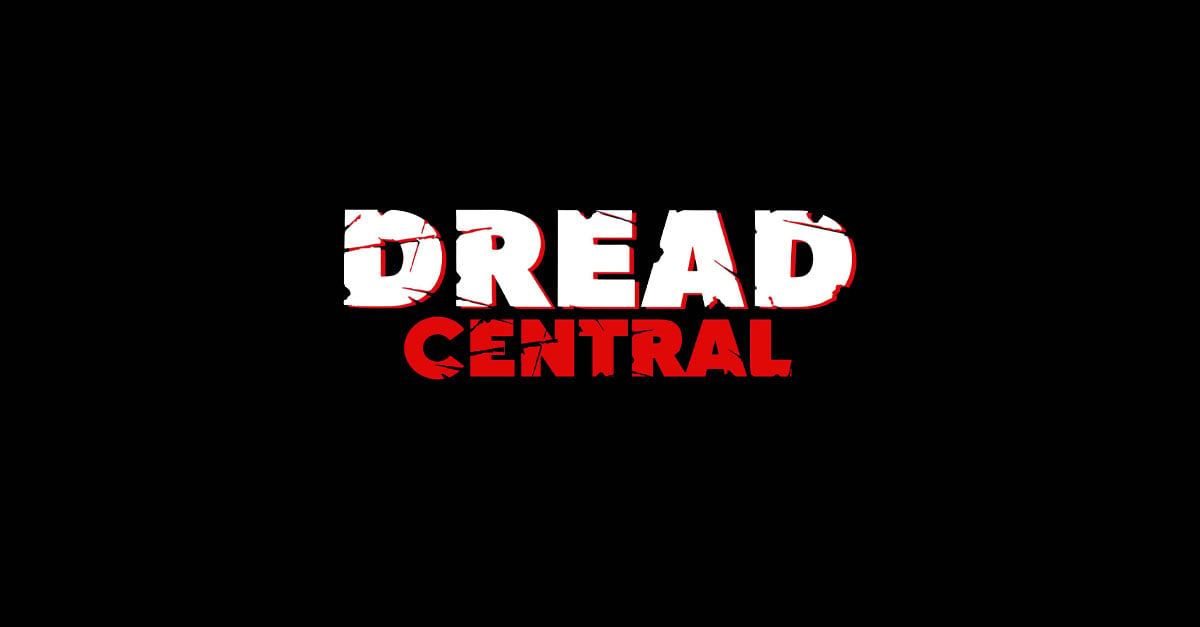
Wait, you want to save AND heal? The audacity.
At certain parts of the game, you will only have six inventory slots. Carrying a gun and ammo takes two slots, a healing item a third, and you will likely have another key item in your inventory at any given time. This gives you generally two slots to work with, heaven forbid you want to carry around molotovs or another ammo type for a gun you want to use later. This is compounded by the fact that getting in and out of the menu takes a second of delay, and switching between characters about three seconds. Leaving items in certain central rooms is your only option for efficient storage, but getting from room to room takes about five seconds of animation to open each door. Thematically, this isn’t bad, and fits into the established Resident Evil vibe. Gameplay wise, it becomes incredibly tedious.
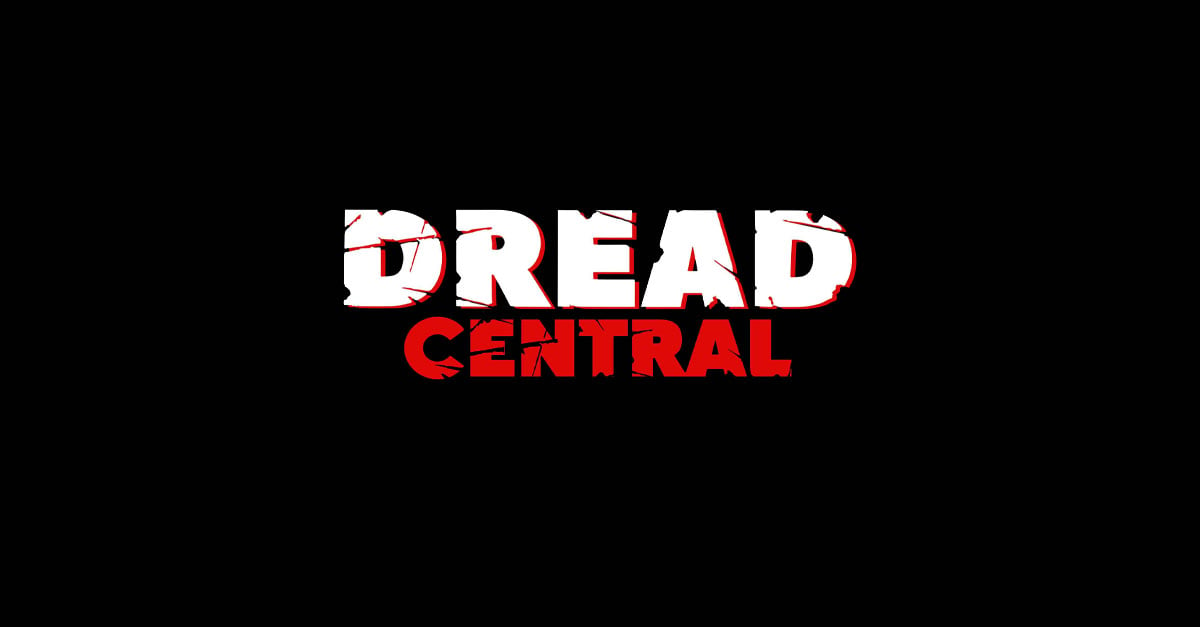
This animation is the most insidious evil you’ll face.
What Resident Evil Zero HD Remaster does offer new gameplay-wise is scant, but good. Similar to the Resident Evil HD Remaster, it introduces the more fluid directional control scheme. This can be changed back to the old tank controls at any time, but it actually works here. As I stated before, the fixed camera didn’t really work well with the PC W/A/S/D control scheme, and I was constantly flipping around. This was smoothed out in the PC version of Zero HD Remaster, and I didn’t find myself running the wrong direction more than once. This might also be due to the semi-mobile camera, that follows you a bit before changing to another set angle.
The other two big additions are new costumes and the “Wesker Mode.” The costumes are fine. One has Billy dressed up like a dude in a nightclub in the 90s, which I’m fine with. The others have Rebecca dressed up like various fetishes, which I guess I’m also fine with. As a female character in a Resident Evil series, Rebecca has been the least sexualized, so I guess it’s good that Capcom are now equal opportunity fetishists?

Idk what this says about me, but the gun just makes it hotter.
Wesker Mode is the same game, but you play as series antagonist Albert Wesker instead of Billy Coen. It’s still Billy in the cutscenes, and the plot is the same, so don’t expect any major changes there. This mode is just for fun, and they just ran with it. Rebecca now looks like an evil version with a gem on her chest à la Resident Evil 5, but plays the same. Wesker shoots lasers out of his eyes, runs at Mach 2, and sounds like a total douche. It’s totally worth beating the game just to vaporise a whole room with a single charged death stare, but isn’t going to be established as a must-have feature like the “Mercenaries” mode.
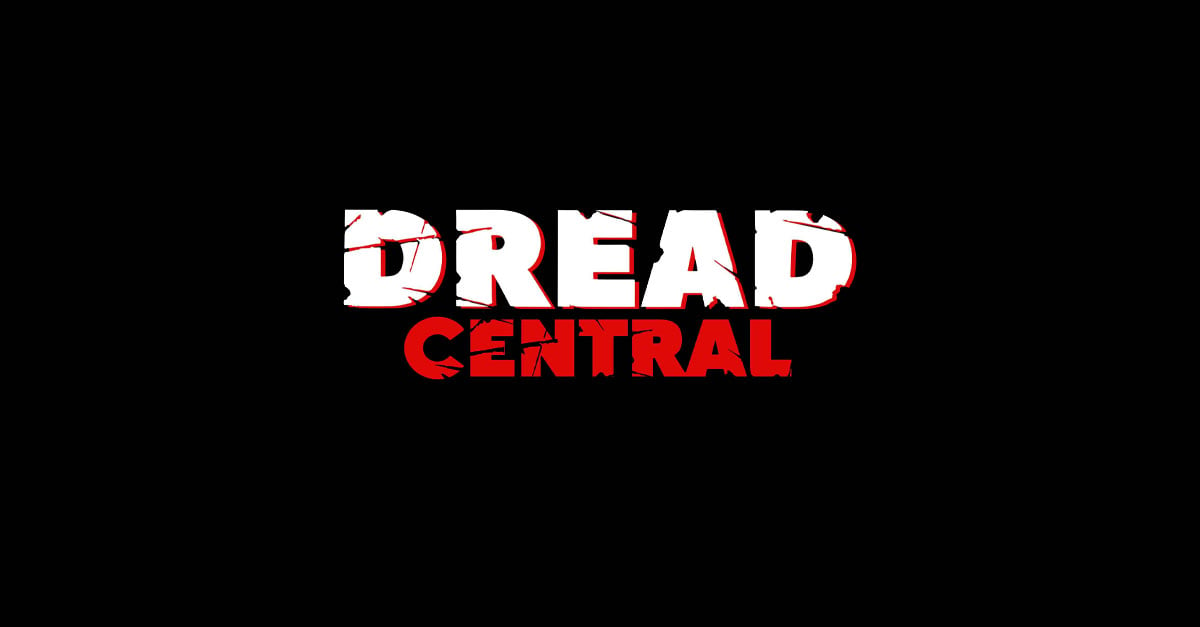
Oddly enough, they went with his RE5 black leather outfit instead of the S.T.A.R.S. outfit that he was actually wearing in Resident Evil Zero. And if that doesn’t just shatter the canon, he’s also about to vaporize a room with his eyes.
Resident Evil Zero was originally a middling effort. It’s short, clocking in at just over 6 hours for most experienced players. Aside from the final slug monster, the bosses are all forgettable. I might be missing one between “giant bat”, “giant centipede”, “giant scorpion”, and “tyrant”, but I’m pretty sure that’s all of them. The puzzles are a bit weak, and I was only really stumped once. Still, it’s not like this is anywhere close to a bad game. It’s a lower tier Resident Evil title, which still puts it in the upper echelon of classic horror experiences.
As a remake Resident Evil Zero HD Remaster is as much a triumph as a missed opportunity. It looks great, but has some inconsistency. The voice acting on the side characters reminded me of why voice actors get paid nowadays. Albert Wesker gets to have a comically bad voice because of legacy, but all the other characters sounding like uncomfortable game devs with social anxiety is unacceptable. I really do appreciate what they did with this, bringing an underexposed classic into the modern age with crisp visuals and a control scheme that works this time. If you haven’t played it yet, definitely check it out. If you’ve already played one of the previous versions, the new visuals will impress you, but don’t expect to be blown away.
-
Game
Categorized:Horror Gaming Reviews

